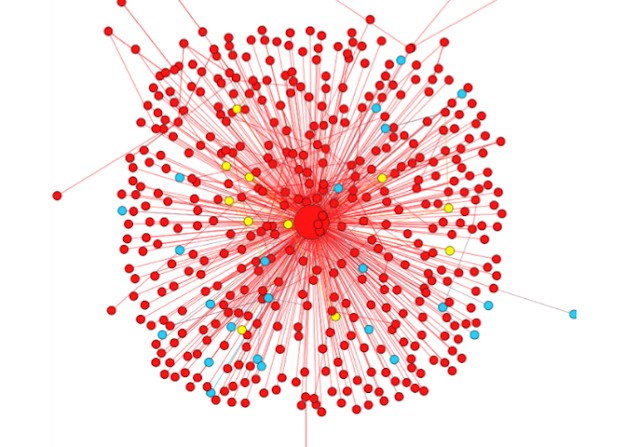After the seven days of Boston marathon bombing, a group of hackers release a bogus tweet from the official account of Associated Press which was containing a message that “Breaking News: Two Explosions in the White House and it if found that Barack Obama is injured”. Before some organizations such as; Associated Press or White House could clarify the false statement, the stock market of NYSE responds very fast and within minute it record the drop of 140 pints, where millions of people lose billions of dollars.
Stock market recovered very fast, but analyst stated that there was a chance of long time frame which was enough for hackers to make a good some of money through trading. We all knew that rumors and the negative effects of rumors spread very fast in hyper-connected times as per the statement of Qiaozhu Mei, who is Associate professor in Information and Department of Electrical Engineering and Computer Science at the University of Michigan School. To deal with these kinds of situations Prof. Mei and team of researchers have developed software which will help the society by identifying the rumors and correcting the erroneous claims on Twitter.
This software was introduced at the International World Wide Web Conference, Italy. But in the summers of 2015 they tested it live on the website which they are developing and named it as the Rumor Lens. Sometimes we found there are few posts on the social media which are spreading beyond the control of anyone and due to that our goal is to detect the emerging rumors in very less time, said Mei, who is an expert on text mining process and the processing of natural language.
The whole team demonstrated the capacity of software and for that they had done the analysis of two sets of tweets: First; a random sample of more than 1.2 billion tweets of November 2013 and Second; 30 million tweets related to the Boston Marathon bombing. In the sample testing they collected the second set from Twitter's Gardenhose with 10 per cent of its real time stream however; data was representing the unpredictable as well as high-profile events which was the rumors with less span of time.
In the whole process software correctly detected more than 110 rumors and about the Boston Marathon bombing, so after the testing software find more than 50 per cent accuracy on an average. The percentage of accuracy in both sample testing was higher than the 10 per cent accuracy of hastag and trending topic tracking rumor detection process. Researchers pointed out that there software are so fast in identifying the fishy statements. Prof Mei, stated that our method can detect the rumors 3.5 hours earlier than other methods which use hastag tracking and trending topics.
Rumor Lens is the sites of researches and it is expected that site will be available in the couple of months. In the statement researchers define the rumors as a controversial statement.








